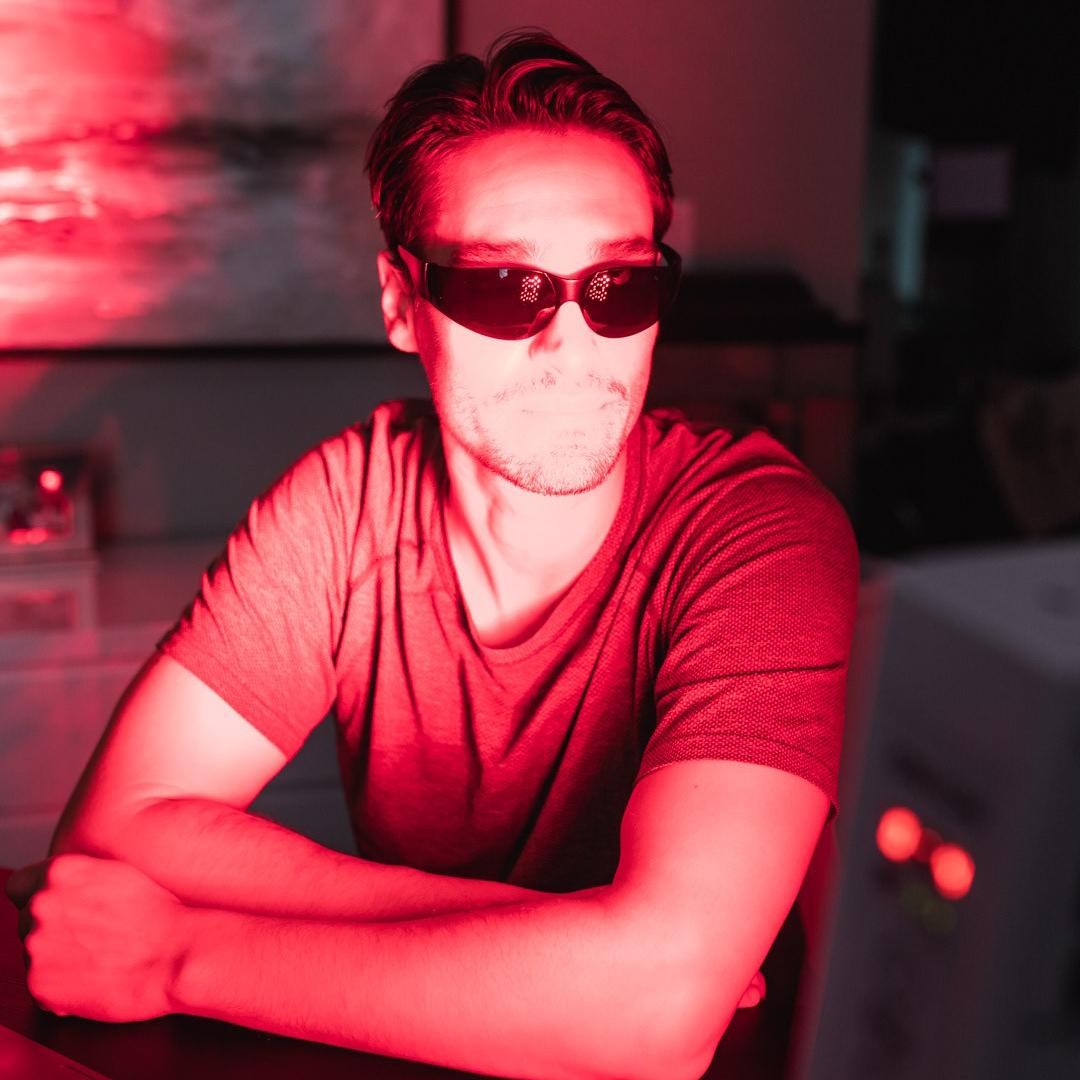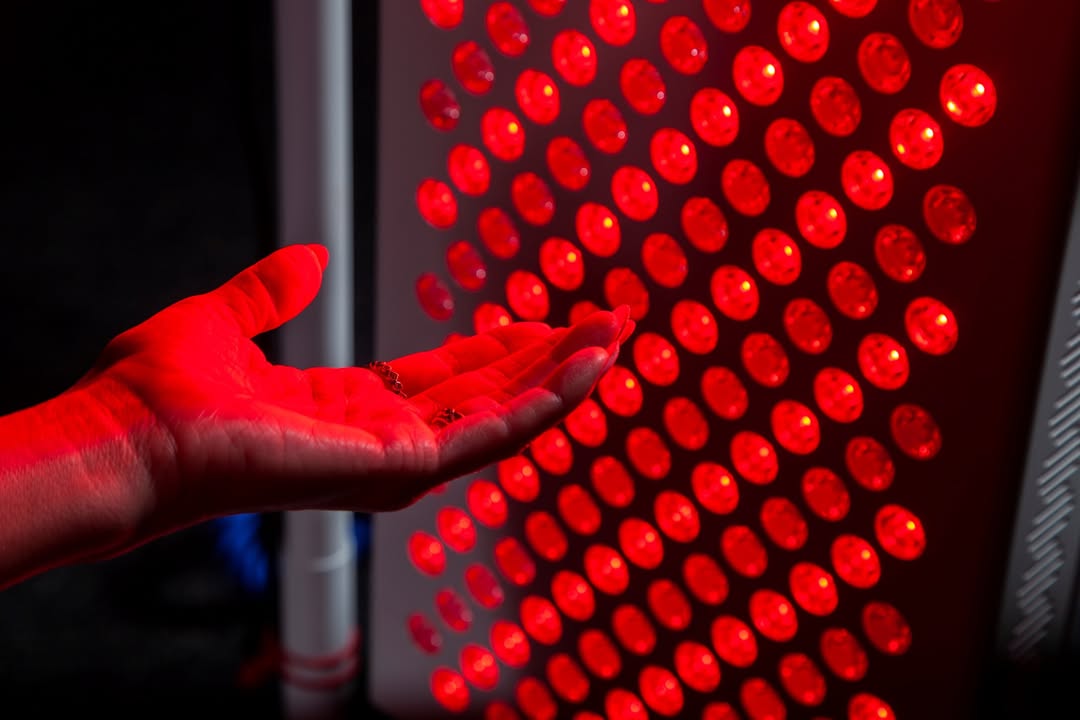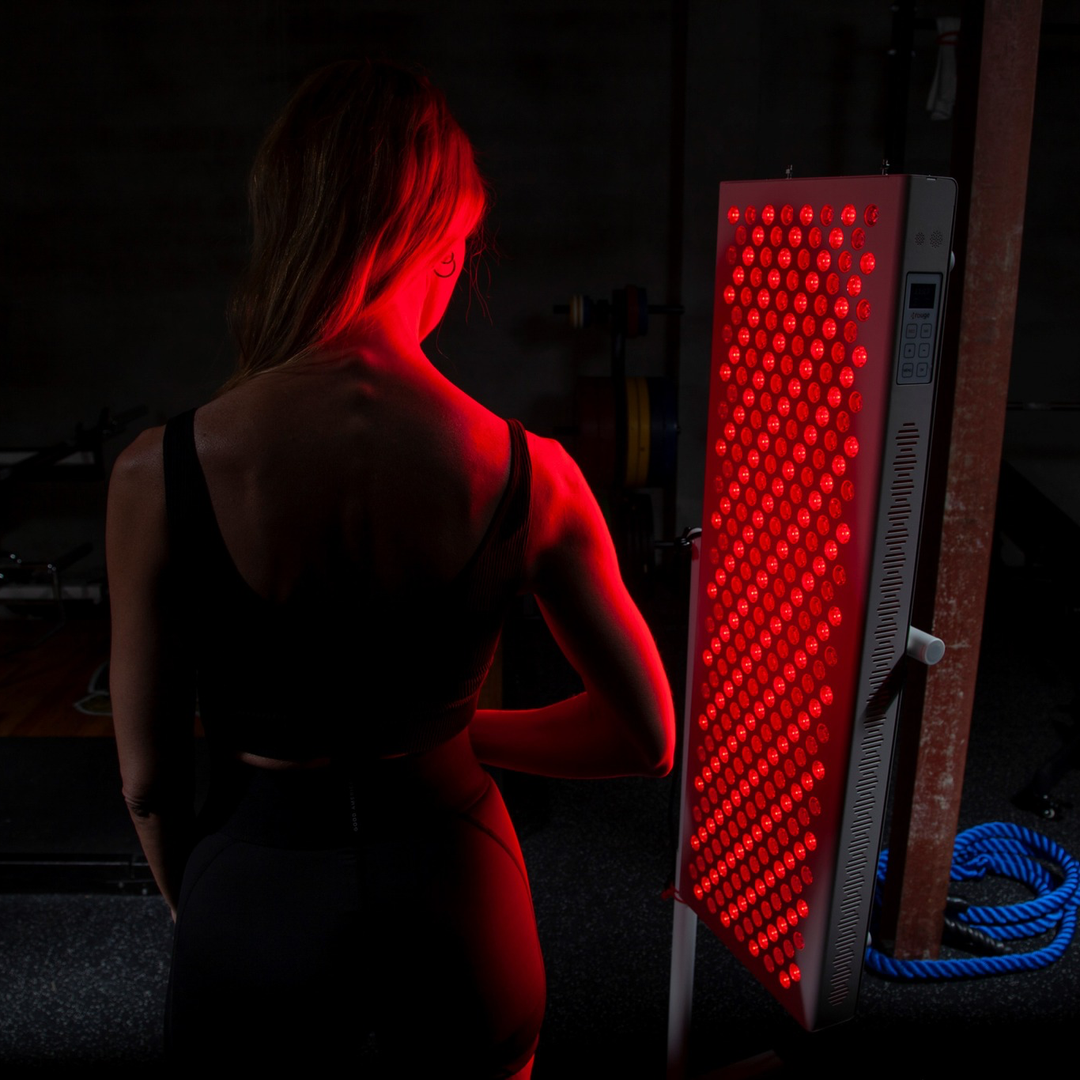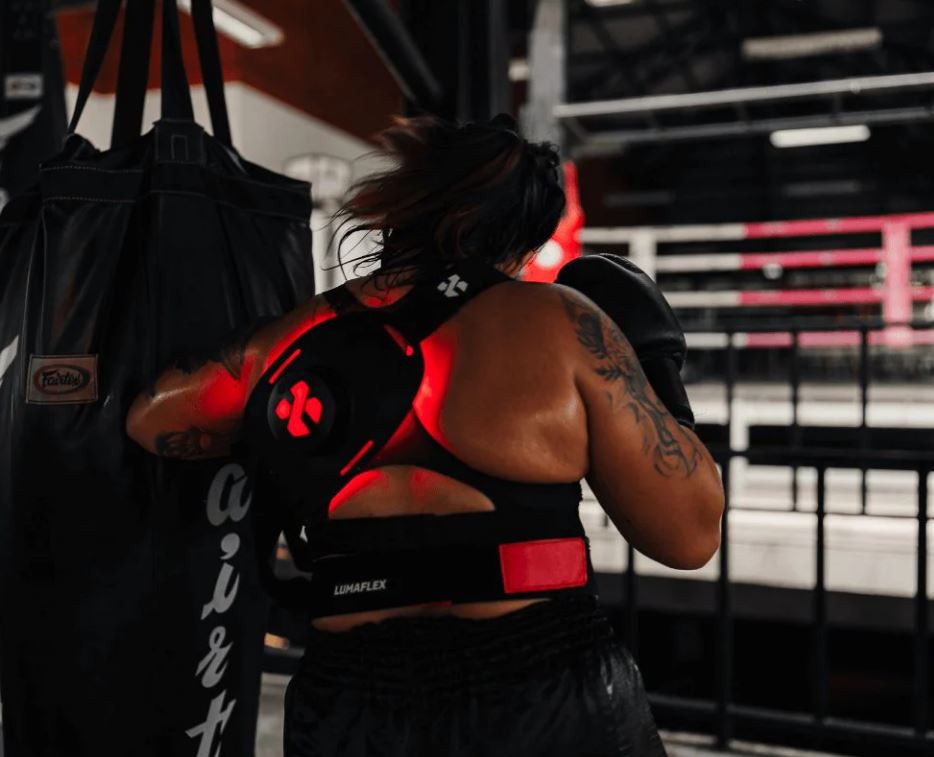![]() Free Shipping
Free Shipping ![]() Buy Now, Pay Later
Buy Now, Pay Later ![]() Eligible
Eligible
Red Light vs. Blue Light Therapy: What’s the Difference and Which One Should You Use?
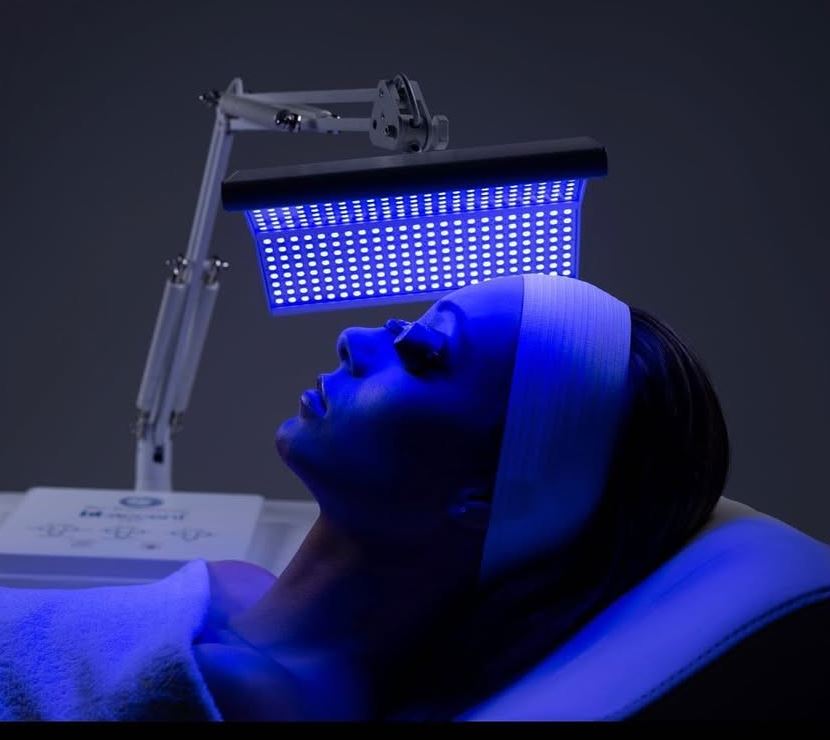
Light therapy has gained immense popularity in recent years for its non-invasive, drug-free approach to treating various skin concerns, pain relief, and even mood enhancement. Among the most commonly used light therapies are red light therapy (RLT) and blue light therapy (BLT). While both use specific wavelengths of light to deliver therapeutic benefits, they serve very different purposes.
If you’ve ever wondered, “How are red and blue light therapy devices different?”, you’re in the right place. In this comprehensive guide, we’ll break down:
- The science behind red and blue light therapy
- Their key differences in wavelength and benefits
- How each type of device works
- Which one is best for your needs
- Whether you can combine them for enhanced results
By the end of this article, you’ll have a clear understanding of which light therapy device—or combination—is right for you.
1. The Science Behind Light Therapy
Before diving into red vs. blue light, it’s essential to understand how light therapy works.
How Does Light Therapy Work?
Light therapy devices emit specific wavelengths of light that penetrate the skin at different depths. These wavelengths interact with cells, triggering biological processes that promote healing, reduce inflammation, or kill bacteria, depending on the color of light used.
- Red light (620–700 nm) penetrates deeper into the skin and is primarily used for anti-aging, collagen production, and wound healing.
- Blue light (400–495 nm) has a shorter wavelength and is mostly used for treating acne and killing bacteria.
Now, let’s explore each in detail.
2. Red Light Therapy: Benefits and Uses
What Is Red Light Therapy?
Red light therapy (RLT), also known as low-level laser therapy (LLLT) or photobiomodulation (PBM), uses wavelengths between 620–700 nm to stimulate cellular repair and regeneration.
Key Benefits of Red Light Therapy
- Boosts Collagen Production – Red light stimulates fibroblasts, the cells responsible for collagen synthesis, helping reduce wrinkles and improve skin elasticity.
- Reduces Inflammation & Pain – Studies show RLT can help with joint pain, arthritis, and muscle recovery.
- Promotes Wound Healing – Enhances tissue repair, making it useful for scars, burns, and post-surgery recovery.
- Improves Hair Growth – Shown to activate hair follicles in cases of androgenetic alopecia (pattern baldness).
- Enhances Mood & Sleep – Some research suggests red light can help regulate circadian rhythms and reduce seasonal affective disorder (SAD).
How Red Light Therapy Devices Work
Red light therapy devices include:
- Handheld wands (for targeted treatment)
- Panels & full-body beds (for larger areas)
- LED face masks (for anti-aging and skin rejuvenation)
They emit non-UV, non-heating light, making them safe for regular use.
VELLGUS Elite V2
THE #1 RATED RED LIGHT DEVICE
VELLGUS pro V2
THE #1 RATED FULL BODY RED LIGHT DEVICE
3. Blue Light Therapy: Benefits and Uses
What Is Blue Light Therapy?
Blue light therapy operates at 400–495 nm, a shorter wavelength that primarily targets the skin’s surface. It’s most famous for its antibacterial effects, making it a go-to treatment for acne.
Key Benefits of Blue Light Therapy
- Kills Acne-Causing Bacteria – Blue light destroys Propionibacterium acnes (P. acnes), the bacteria responsible for breakouts.
- Reduces Oil Production – Helps regulate sebum, preventing clogged pores.
- Minimizes Inflammation – Can calm active acne lesions and redness.
- Non-Invasive Alternative to Harsh Acne Treatments – Unlike chemical peels or antibiotics, blue light therapy has minimal side effects.
How Blue Light Therapy Devices Work
Common blue light therapy devices include:
- Handheld acne wands
- LED face masks with blue light settings
- Dermatologist-grade light panels
Most at-home devices require 10–30 minute sessions, while professional treatments may be more intensive.
4. Key Differences Between Red and Blue Light Therapy
| Feature | Red Light Therapy | Blue Light Therapy |
|---|---|---|
| Wavelength | 620–700 nm (deep penetration) | 400–495 nm (surface-level) |
| Primary Benefits | Anti-aging, collagen boost, pain relief | Acne treatment, antibacterial effects |
| Skin Penetration | Deep (reaches dermis) | Shallow (targets epidermis) |
| Best For | Wrinkles, joint pain, hair growth | Acne, oily skin, bacteria control |
| Side Effects | Rare (mild redness if overused) | Possible dryness or sensitivity |
| Device Types | Panels, full-body beds, face masks | Handheld wands, acne masks |
5. Can You Combine Red and Blue Light Therapy?
Yes! Many modern LED devices offer dual red and blue light therapy, allowing users to tackle multiple concerns simultaneously.
Benefits of Combining Both Lights
- Acne & Scarring – Blue light kills bacteria, while red light reduces post-acne inflammation and scarring.
- Anti-Aging & Skin Clarity – Red light boosts collagen, while blue light keeps breakouts at bay.
- Faster Healing – Combining both can enhance overall skin repair.
How to Use Them Together
- Alternate Days – Use blue light for acne on some days and red light for anti-aging on others.
- Dual-Light Devices – Some masks (like CurrentBody or Dr. Dennis Gross) offer both wavelengths in one session.
- Professional Treatments – Dermatologists often combine red and blue light for enhanced results.
6. Which Light Therapy Device Is Right for You?
Choose Red Light Therapy If You Want To:
✔ Reduce fine lines & wrinkles
✔ Improve joint & muscle recovery
✔ Enhance hair growth
✔ Heal scars or burns
Choose Blue Light Therapy If You Want To:
✔ Treat acne & breakouts
✔ Control oily skin
✔ Reduce bacteria on the skin
Opt for a Dual-Light Device If You Want:
✔ Both acne control and anti-aging benefits
✔ A comprehensive skincare routine
7. Safety & Side Effects
Both red and blue light therapies are FDA-cleared and considered safe for most people. However:
- Blue light may cause slight dryness or sensitivity in some users.
- Red light rarely has side effects but should be avoided over open wounds without medical advice.
- Avoid direct eye exposure—use protective goggles if necessary.
8. Final Verdict: Red vs. Blue Light Therapy
- Red light therapy = Best for anti-aging, pain relief, and healing.
- Blue light therapy = Best for acne and bacteria control.
- Combination therapy = Ideal for comprehensive skin health.
If you’re investing in a light therapy device, consider your primary concerns and whether a dual-light system would be more beneficial.
Have You Tried Red or Blue Light Therapy?
We’d love to hear your experiences! Share your thoughts in the comments below.
Want More Skincare & Wellness Tips?
Subscribe to our newsletter for the latest insights on non-invasive beauty treatments!





